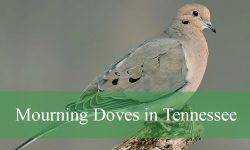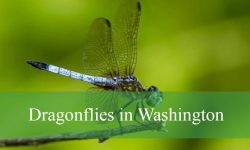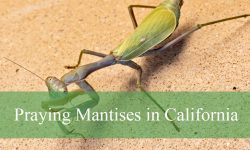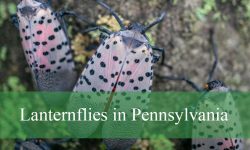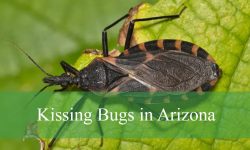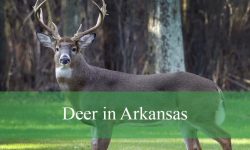Georgia’s landscape, stretching from the coastal marshes of the Atlantic to the rolling hills of the Piedmont and the Appalachian foothills, provides a diverse habitat for countless bird species. Among them, crows stand out as some of the most intelligent and recognizable birds in the region. With their glossy black feathers, loud calls, and clever foraging strategies, these birds are hard to miss whether you are walking through a suburban neighborhood, exploring a farm field, or boating along the coast.
Despite their similarities in appearance, Georgia is home to two distinct crow species: the American Crow and the Fish Crow. Both species thrive in the state but occupy slightly different niches, and they can be identified by differences in their calls, habitats, and behaviors. Understanding these two types of crows not only helps bird enthusiasts sharpen their identification skills but also sheds light on how adaptable these birds are in responding to Georgia’s varied environments.
This article explores the two crow species found in Georgia, providing detailed identification features, behavioral notes, habitat preferences, and insights into their ecological importance. By the end, you will have a deeper appreciation of how American Crows and Fish Crows coexist in the Peach State, and why they remain some of the most fascinating birds in the corvid family.
American Crow in Georgia
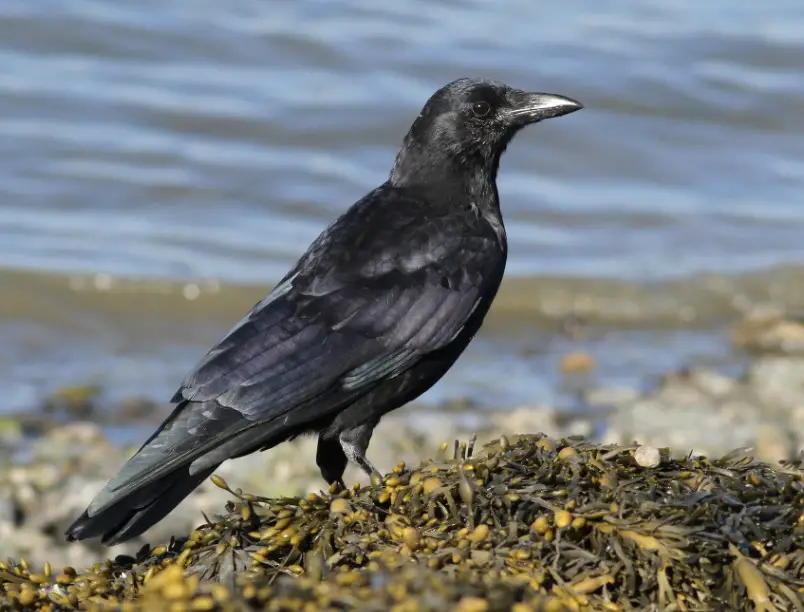
Characteristics and Identification
The American Crow (Corvus brachyrhynchos) is the most widespread crow in Georgia and across the entire United States. With its solid black plumage, robust build, and distinctive fan-shaped tail, it is one of the easiest birds for beginners to recognize. When observed closely in good lighting, its feathers reveal an iridescent sheen that shimmers with shades of blue, purple, and green. Adult American Crows typically measure between 16 and 21 inches in length, with wingspans reaching up to 39 inches. Their large, sturdy black bills and relatively long legs further enhance their striking appearance.
One of the most reliable identification clues lies in its call. The American Crow is famous for its loud and harsh “caw, caw, caw,” which often echoes through open landscapes and woodlands. The voice is deeper and fuller compared to its coastal cousin, the Fish Crow. When in flight, American Crows display strong wingbeats and rarely glide for long distances, making them appear purposeful and direct in their movement.
Although they may appear very similar to other black corvids, the American Crow’s size, shape, and call generally allow for accurate identification. Beginners may confuse them with Common Ravens, but ravens are not regular residents in Georgia, and they are considerably larger with wedge-shaped tails.
Habitat and Distribution in Georgia
American Crows are versatile in their choice of habitat, which explains their abundance across the entire state. They thrive in rural farmlands, suburban neighborhoods, forests, and city parks. From the pine forests of North Georgia to the agricultural fields of central Georgia, American Crows are highly visible. They are also common in urban environments such as Atlanta, where they scavenge food scraps and take advantage of human-altered landscapes.
Unlike some migratory birds, American Crows are year-round residents of Georgia. Their adaptability to different climates and food sources allows them to remain in place even during the colder months. While many species of birds leave the northern parts of the country during winter, American Crows in Georgia continue to forage actively, sometimes forming large communal roosts that number in the thousands. These gatherings are especially noticeable in late fall and winter, when flocks can be seen flying at dusk toward their nighttime roosts.
Behavior and Diet
One of the defining characteristics of American Crows is their intelligence. Studies have shown that crows can recognize human faces, use tools, and solve complex problems. In Georgia, they use these abilities to take advantage of varied food sources, including insects, small mammals, reptiles, amphibians, seeds, nuts, berries, and carrion. They are opportunistic feeders and will readily scavenge roadkill or raid garbage bins in suburban areas. Farmers often regard them as pests because they sometimes damage cornfields or orchards, though they also play a vital role in controlling insect populations.
American Crows are also highly social. They live in family groups and cooperate in raising young. Older siblings or previous offspring sometimes assist parents in feeding and protecting new chicks. Their communal behavior extends to mobbing predators, where groups of crows will aggressively harass hawks, owls, or other threats until the danger passes. This group defense strategy is frequently witnessed across Georgia’s countryside and woodlands.
Breeding and Nesting Habits
Breeding typically begins in early spring. American Crows build large, bulky nests out of sticks, lined with softer materials such as grass, bark, and even animal hair. These nests are usually positioned high in deciduous trees, though they can sometimes be found in conifers or even large shrubs. The female lays three to six eggs, which are pale blue to green with brown blotches. Both parents share in the incubation and feeding responsibilities, although the female does most of the incubation.
In Georgia, young crows usually fledge by late spring or early summer. The fledglings remain with their family groups for extended periods, learning foraging skills and gaining protection from predators. This cooperative social structure gives the American Crow an advantage in raising young successfully in varied environments.
Fish Crow in Georgia
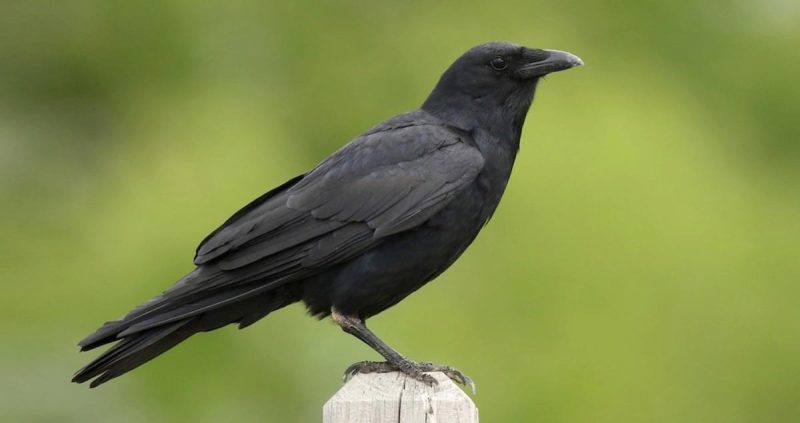
Characteristics and Identification
The Fish Crow (Corvus ossifragus) is another common corvid found throughout Georgia, particularly near water sources. At first glance, it looks nearly identical to the American Crow, sharing the same glossy black plumage and medium-sized body. Adults typically measure about 14 to 16 inches in length, making them slightly smaller and slimmer than American Crows. However, this difference can be subtle and difficult to judge without direct comparison.
The most reliable way to distinguish a Fish Crow from an American Crow is by its voice. Instead of the deep “caw,” Fish Crows have a more nasal, high-pitched call that sounds like “uh-uh” or “ah-ah.” Once birdwatchers become familiar with this vocal difference, identifying Fish Crows becomes much easier, even when the birds are hidden among trees or flying overhead.
In flight, Fish Crows appear a little more buoyant than American Crows, with slightly quicker wingbeats. Their bills are also a touch slimmer, though this feature requires careful observation. Photographs taken in good lighting conditions can help reveal subtle distinctions between the two species, but the call remains the most reliable field mark.
Habitat and Distribution in Georgia
As their name suggests, Fish Crows are strongly associated with aquatic environments. In Georgia, they are abundant along the Atlantic coast, particularly in salt marshes, tidal creeks, and estuaries. They are also frequently seen along major rivers, lakes, and reservoirs inland. The Okefenokee Swamp in the southern part of the state is a prime location to observe Fish Crows in their natural habitat.
While American Crows dominate inland areas, Fish Crows are more common in lowland and coastal regions. Their presence is especially noticeable in places like Savannah, Brunswick, and the Golden Isles, where they scavenge along shorelines and interact with other coastal birds. They are also present in urban waterfronts and harbors, often feeding on discarded fish remains or food scraps left behind by humans.
Fish Crows are permanent residents in Georgia, though their numbers may fluctuate slightly with seasonal movements. During winter, they sometimes form large roosts similar to American Crows, especially near coastal wetlands where food is abundant.
Behavior and Diet
Like their inland cousins, Fish Crows are intelligent and opportunistic feeders. They are particularly skilled at exploiting aquatic food sources, including fish, crabs, crayfish, and mollusks. In marshes and estuaries, they can be seen probing mudflats, stealing food from gulls, or cracking open shellfish by dropping them from heights. Their diet also includes insects, fruits, seeds, small vertebrates, and carrion, making them highly adaptable to different food supplies.
Fish Crows are social birds that often gather in large flocks, particularly outside of the breeding season. During summer, they may be more scattered as they raise young, but in fall and winter, hundreds or even thousands of Fish Crows can roost together. These roosts are impressive sights and are accompanied by constant calling, creating a lively and noisy atmosphere.
Their intelligence is also well documented. Fish Crows have been observed using teamwork to raid nests of other birds or distract competitors while stealing food. Their problem-solving skills allow them to thrive in both natural and human-modified environments.
Breeding and Nesting Habits
Fish Crows typically begin nesting in early spring. Their nests are constructed in trees, often near water, and are built from sticks lined with softer materials such as grass, moss, or feathers. Compared to American Crows, Fish Crows prefer more secluded nesting areas, often choosing forested wetlands or stands of tall trees in coastal areas.
The female usually lays three to five eggs, which are pale green or bluish with dark speckles. Both parents share in raising the young, and the chicks fledge after about a month. In some cases, extended family members assist in feeding and protecting the offspring, much like the cooperative structure observed in American Crows.
In Georgia’s coastal habitats, Fish Crows are important members of the ecosystem. By feeding on carrion and leftover fish, they help recycle nutrients in marshes and wetlands, playing a role in maintaining ecological balance.
Differences Between American Crow and Fish Crow in Georgia
Vocalizations as the Key to Identification
For birdwatchers in Georgia, distinguishing between American Crows and Fish Crows can be challenging due to their similar appearance. However, their vocalizations provide the clearest distinction. The American Crow’s call is a loud, harsh “caw,” while the Fish Crow produces a more nasal “uh-uh.” This difference is so reliable that ornithologists often rely almost entirely on sound when identifying the two species in overlapping ranges.
Habitat Preferences
While both species are adaptable, American Crows dominate upland and inland environments, whereas Fish Crows are strongly tied to coastal and aquatic habitats. In central and northern Georgia, most crows encountered are American Crows, while along the Atlantic coast and major river systems, Fish Crows are more frequently observed.
Subtle Size and Structure Differences
Fish Crows are slightly smaller and slimmer than American Crows, with narrower bills and quicker wingbeats. These differences, however, are subtle and often difficult to judge without experience or side-by-side comparison. Birdwatchers are encouraged to focus on habitat and vocalizations as the primary identification tools.
Ecological Importance of Crows in Georgia
Role in the Ecosystem
Both American Crows and Fish Crows serve vital ecological functions in Georgia. As omnivores and scavengers, they help control insect populations, clean up carrion, and disperse seeds. By removing dead animals and leftover waste, they reduce the spread of disease and recycle nutrients back into the environment. Their presence along coastlines and farmlands highlights their importance in maintaining ecological balance.
Relationship with Humans
Crows in Georgia often have a complicated relationship with people. On one hand, farmers may consider them pests when they damage crops or orchards. On the other hand, bird enthusiasts admire their intelligence and adaptability. In urban areas, crows are part of the cultural landscape, frequently seen scavenging near restaurants, parks, and trash bins. Their ability to thrive in human-dominated environments demonstrates their remarkable resilience.
Conclusion
Georgia is fortunate to host two distinct types of crows: the American Crow and the Fish Crow. Though nearly identical in appearance, their voices, habitats, and subtle behaviors set them apart. The American Crow dominates the state’s inland landscapes, while the Fish Crow thrives along rivers, wetlands, and coastal marshes. Together, they highlight the adaptability and intelligence of the corvid family, reminding us that even common birds can have fascinating stories to tell.
For birdwatchers, learning to distinguish between these two species enriches the experience of exploring Georgia’s outdoors. By paying attention to calls, habitats, and behaviors, one can quickly gain insight into the dynamic lives of these clever black birds. Whether soaring over farmland or calling from a coastal marsh, crows remain among Georgia’s most intriguing and resilient avian residents.
FAQs About Crows in Georgia
Are crows in Georgia dangerous to humans?
Crows are not dangerous to humans in normal situations. They may mob predators or occasionally dive at people who approach their nests during breeding season, but these behaviors are defensive rather than aggressive.
Do American Crows and Fish Crows interbreed in Georgia?
Although their ranges overlap, there is no solid evidence of hybridization between the two species. They maintain distinct calls and social structures, which helps prevent interbreeding.
When is the best time to see large flocks of crows in Georgia?
The largest flocks are typically observed in late fall and winter, when both American Crows and Fish Crows form communal roosts. These gatherings can number in the thousands and are most visible at dusk.
How long do crows live in Georgia?
In the wild, crows often live between seven and eight years, though some individuals survive much longer. With fewer threats and stable food sources, crows in Georgia can thrive for over a decade.
Do crows benefit farmers in Georgia?
Yes, despite occasionally damaging crops, crows also eat large numbers of harmful insects and rodents. Their role as natural pest controllers makes them an important part of Georgia’s agricultural ecosystems.

